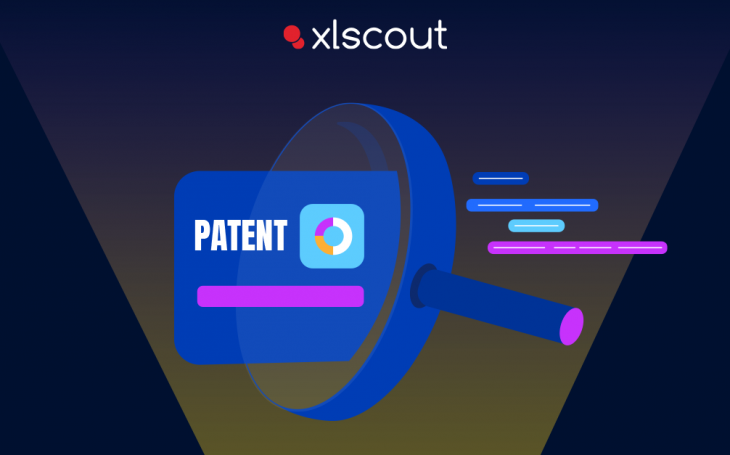
Patent searching was once thought to be the sole domain of IP departments. Some corporate cultures discouraged engineers, researchers, and other inventors from even considering patents. They feared that doing so would limit innovation or perhaps even lead to (inadvertent) infringement. Prior to insightful patent databases, patent searching required specialized skills as well as a significant amount of time. Today, in-house executives at major patent-holding companies have access to a patent search tool or broader set of patent search tools.
The Drawbacks of a Siloed Approach
Most organizations have separate IP and R&D departments, but they often have a common objective of driving and commercializing innovation. Full patent documents are sometimes denied to teams, limiting their ability to learn from existing documentation and prior art. This may result in the advancement of solutions that aren’t novel or patentable, slowing down the innovation review cycle. This is especially true if submissions are forwarded through legal and engineering several times before the idea is well understood and deemed unique.
Every team, for example, has a distinct vernacular—a collection of words, terms, and acronyms. These are generally understood in their world but could be confusing or misinterpreted by others. When drafting ideas for review, having a tool that flags jargon, and other unusual terms is a huge time saver. Clear and concise disclosures with common terms move faster through the review cycle than those that must be returned to an inventor for clarification before being assessed.
Knowing the Value of Patent Research
Patent search tool (Novelty Checker) allows you to find pertinent patents and non-patent literature using only a conversational search query. Our patent search tool combines semantic and Boolean search capabilities. Users can refine their search using one or both methodologies.
Patents provide detailed descriptions of the ideas they safeguard. After all, “a patent specification must describe the claimed invention in sufficient detail that a person of ordinary skill in the art can logically conclude that the innovator had possession of the claimed invention.” It’s understandable for a company to be concerned about engineers being unduly influenced by these details. Access to this information, on the other hand, enables R&D teams to prioritize solutions that are distinct and informed by patent and prior art review.
Engineers who understand patents better can collaborate with IP teams to develop relatively strong patent applications. To an experienced engineer, broad patent language may appear “obvious” (and thus unpatentable). However, this is precisely what makes a patent valuable for many years to come. An R&D team that is accustomed to patents may be better capable of anticipating and preventing infringement, from looking for existing patents to drafting strong invention disclosures.

